Greenpeace report reveals ghost gear contribution to plastic pollution
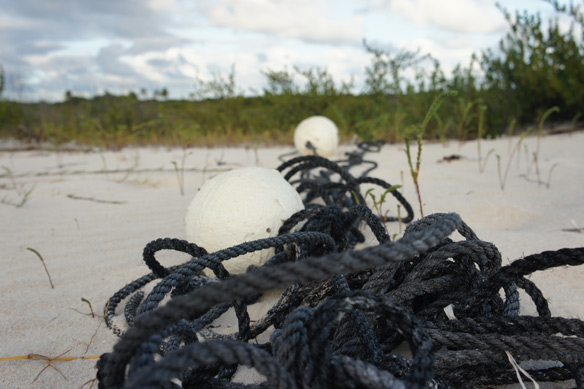
An estimated 640,000 metric tons of abandoned or lost fishing equipment, or ‘ghost gear,’ enters the ocean every year, equivalent in weight to more than 50 thousand double-decker buses. In total, the equipment makes up around 10 percent of the plastic waste in our oceans, entangling and killing marine life.
Why biodegradables won’t solve the plastic crisis
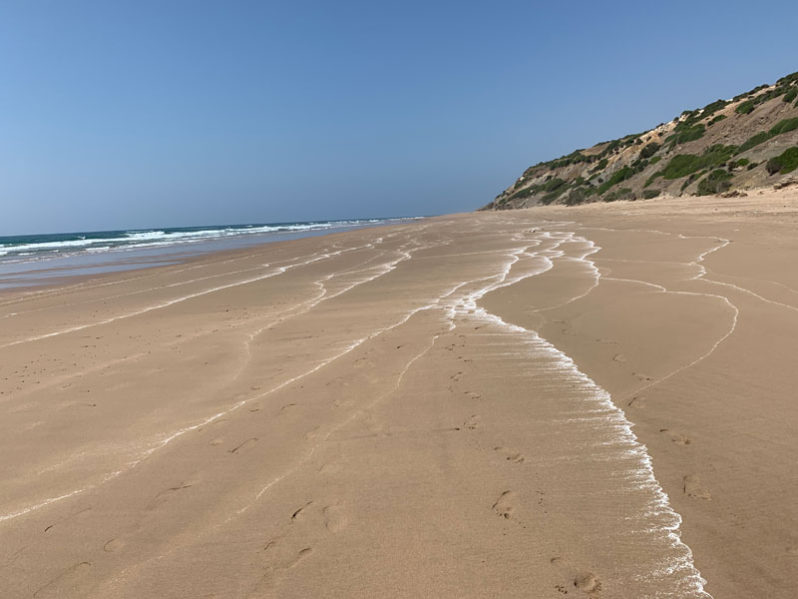
“Green” alternatives to throwaway plastics don’t always break down in sea water. But could they help to fix our food waste problem?
Can plastic pavement curb the world’s epidemic of plastic waste?
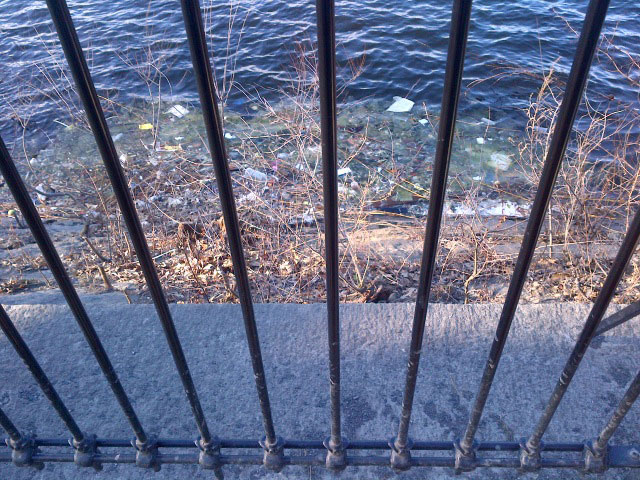
Ninety percent of the plastic we use ends up in landfills, or in the world’s oceans. Now, a Scottish firm has invented a way to recycle that hard-to-use plastic for a role that requires durability: paving roads and highways.
Why does the Arctic have more plastic than most places on Earth?
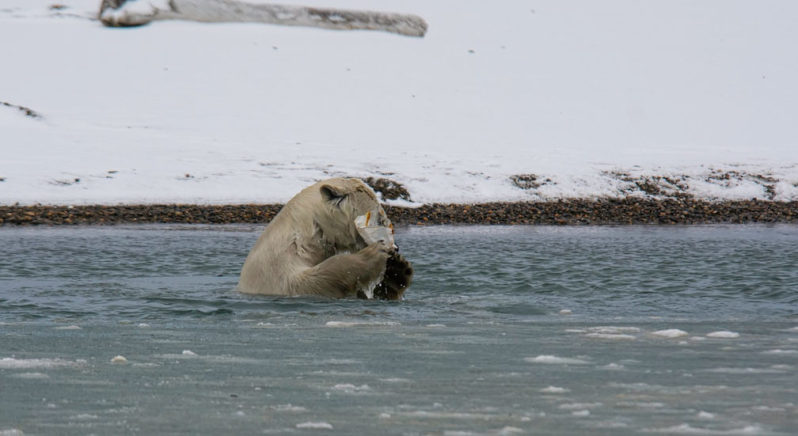
Here in the Arctic, hundreds of miles from the nearest big city, are some of the greatest loads of plastics on the planet. Studies find higher concentrations of microplastics in sea ice in these remote, high-latitude hotspots than in the five infamous ocean garbage patches.
Argentina could become ‘sacrificial country’ for plastic waste, say activists
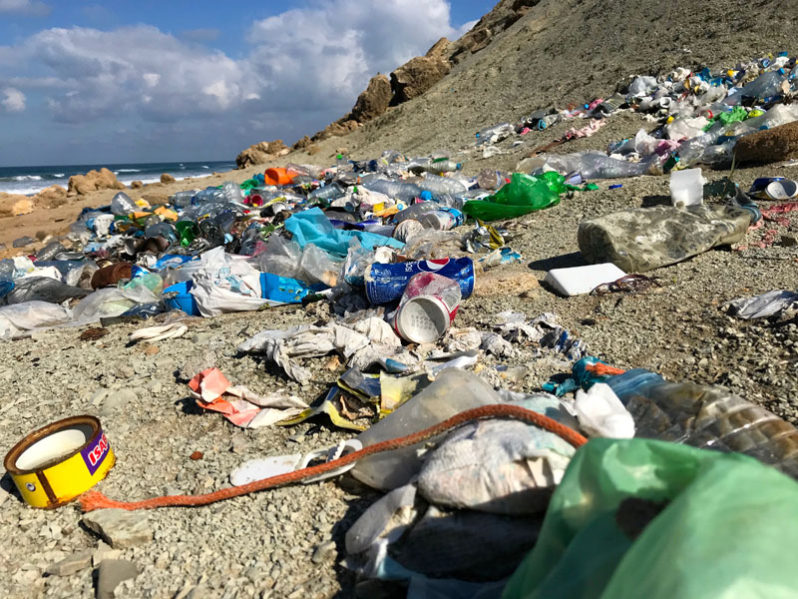
Argentina has changed its definition of waste in a move that could allow it to import millions of tonnes of plastic waste discarded in the US.
Turning plastic trash into high-quality liquid products

Researchers have developed a new catalyst that can cleave plastic’s strong carbon-carbon, converting it into higher value products.
The biggest source of microplastics in California coastal waters? Car tires
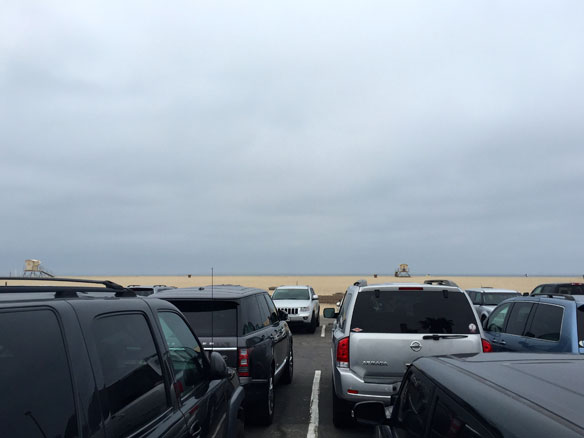
According to a study from the San Francisco Bay Microplastics Project, the biggest source of microplastic pollution in California’s coastal waters may come from car tires.
Ocean cleanup device successfully collects plastic for first time
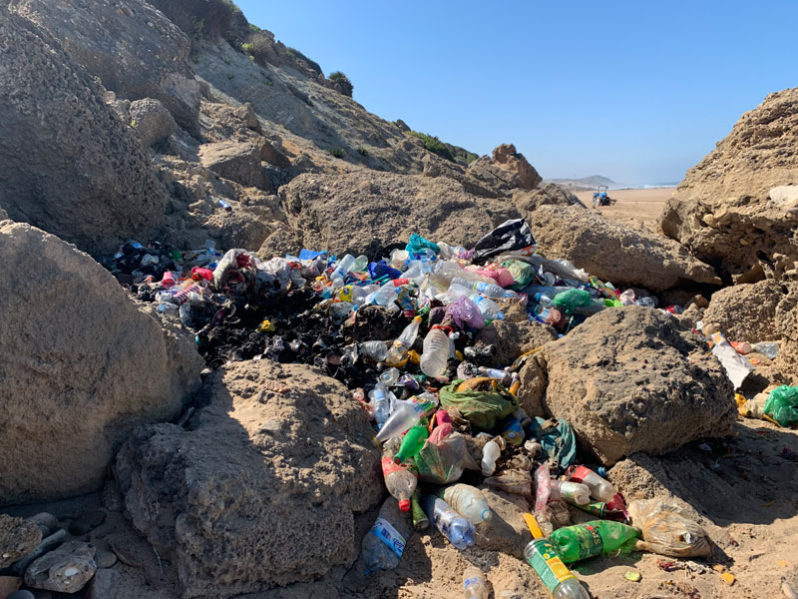
A huge floating device designed by Dutch scientists to clean up an island of rubbish in the Pacific Ocean that is three times the size of France has successfully picked up plastic from the high seas for the first time.
Microplastics in the Great Lakes: Becoming benthic
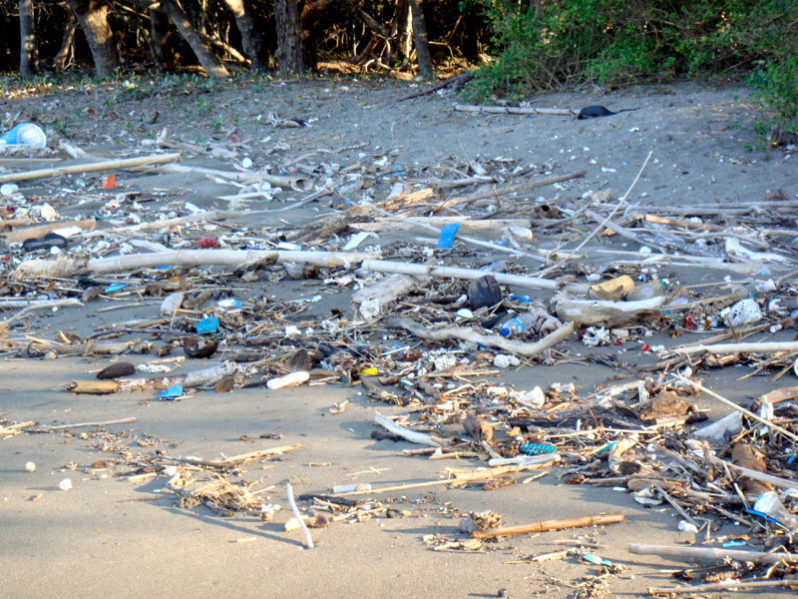
From the Great Pacific garbage patch to inland rivers, plastics are among the most widespread contaminants on Earth. Microplastics — particles of plastic smaller than five millimeters — are especially pervasive. As they build up in Earth’s waters, microplastics are also becoming a permanent part of the planet’s sedimentary layers.
